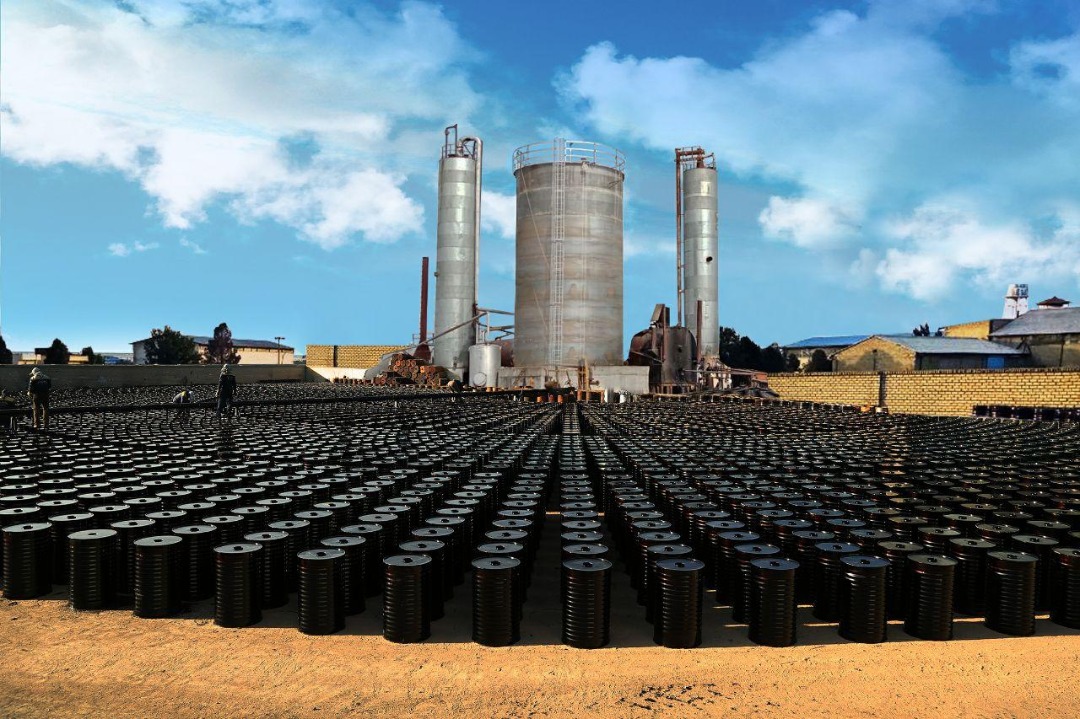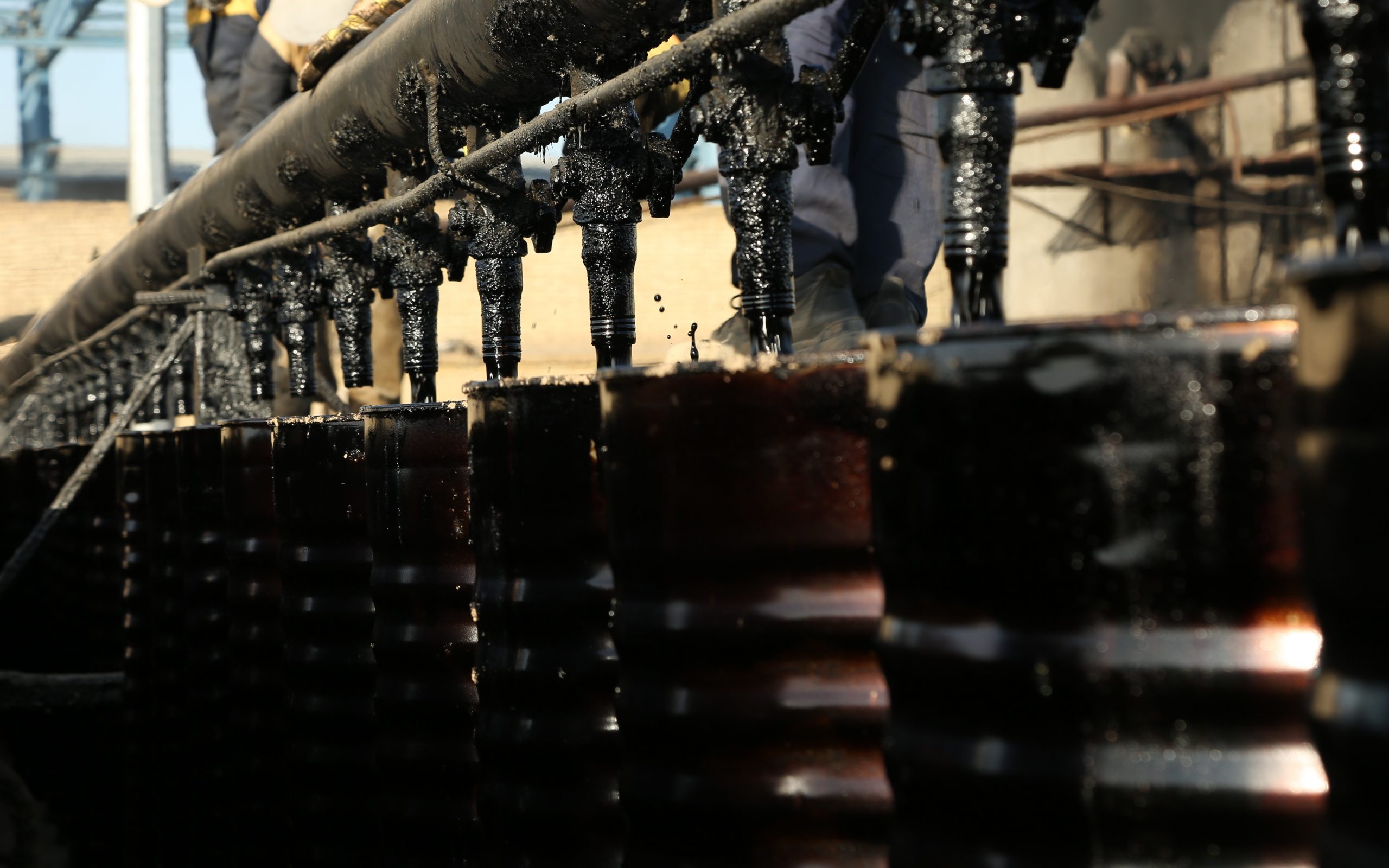- Home
- About us
- Products
- Bitumen Grades
- Specifications
- Bitumen 10/20 Specifications
- Bitumen 20/30 specifications
- Bitumen 30/40 specifications
- Bitumen 40/50 specifications
- Bitumen 50/70 specifications
- Bitumen 60/70 specifications
- Bitumen 60/90 specifications
- Bitumen 80/100 Specifications
- Bitumen 85/100 Specifications
- Bitumen 100/120 Specifications
- Bitumen 120/150 specifications
- Bitumen 150/200 Specifications
- Bitumen 200/300 Specifications
- Bitumen VG 10 specifications
- Bitumen VG 20 specifications
- Bitumen VG 30 specifications
- Bitumen VG 40 specifications
- Analysis Record of Vacuum Bottom Properties
- Oxidized Bitumen
- Cutback Bitumen
- Bitumen Emulsion
- Polymer Modified Bitumen (PMB)
- Penetration Value of Bitumen
- Bitumen Viscosity Grade (VG)
- Application of Performance Grade (PG) Bitumen
- Services
- Why choose us?
- Gallery
- News
- Certificate
- Contact Us
- catalogue

This type of bitumen forms a two-phase system with two immiscible liquids.
One of them is dispersed as fine globules within the other liquid. When discrete globules of bitumen are dispersed in a continuous form of water, bitumen emulsion is formed.
An emulsifier having a long hydrocarbon chain with either a cationic or anionic ending is used for dispersing the bitumen globules. This emulsifier provides an electrochemical environment. The ionic part of the chain has an affinity towards water and the bitumen is attracted by hydrocarbon part.
The emulsions can be cationic (positive charge) or anionic (negatively charged). The globules of the same charge hence repel each other, making the whole system stable. To facilitate adhesion with the aggregates (that are negatively charged), cationic emulsions are more preferred.
- Water evaporation rate
- Bitumen quantity
- Bitumen globules size
- Mechanical forces
The emulsions are applied by using sprays. For this viscosity is a primary concern. With the increase of bitumen content, the mixture becomes more viscous. This is found to be sensitive when the amount exceeds 60%.

Finely ground dense-graded aggregate is mixed with emulsion and water to form a slurry which is spread over the road surface at thicknesses in the range 3–30mm depending on the aggregate top size. The process is usually done with a specially made mix-paver, although slurries can be hand-applied, and the emulsions used are generally cationic medium or slow setting types.
Depending on the choice of emulsifier, the system may provide a quick-setting slurry which can be trafficked within 60 minutes, or slower setting materials suitable for handwork. Slurry Surfacing in thick layers with quick setting polymer-modified slurries is called microsurfacing. For best results the emulsion reactivity should be matched to that of the aggregate, but additional chemicals may be added on the paver to adjust the setting rate.
Structural materials can be from emulsion and crushed aggregates or reclaimed asphalt pavement which meet the same demands as hot mix. Depending on the aggregate gradation, medium or slow-setting emulsions can be used. Cold mixes which combine bitumen emulsion with cement can give much improved bearing capacities.
Surface courses or even the full depth of the roadway can be recycled in place either by a specially built mobile plant or by simple equipment. Cold recycling uses bitumen emulsions either alone or in combination with cement or lime. Typically, a cationic slow-setting emulsion is used.
Cationic slow-setting emulsions can be used for stabilization of uncrushed naturally occurring gravels and sandy soils. Generally, soils with a sand equivalence value of more than 25(measure of clay content) can be treated with some degree of success for use as a base material for hot overlay or for minor roads where a seal coat may be sufficient. Materials of even lower sand equivalence can in some cases be treated with a combination of emulsion and a hydraulic binder such as lime or cement.
Emulsion prime coats are applied to unbound sub-bases in order to seal the surface before the application of the asphalt layers. The primer seal prevents the ingress of water into the layer, loss of fines from wind or water erosion and ideally allows construction vehicles to drive over the surface without pick up on tyres. A few centimetres of penetration is readily achievable if the compacted material is not too dense but may be very difficult in practice with fine graded and highly compacted bases. Penetration can be achieved using very slow set cationic or anionic emulsions containing solvent but in some cases deep penetration can be very difficult.
However, current thinking says that deep penetration may be unnecessary as dense and highly compacted bases are already very robust and merely need to be sealed from water intrusion. A very thin primer application with minimal penetration is then sufficient. It is still important that the binder should not be picked up on the tyres of construction vehicles and this can be achieved by using a very hard grade bitumen with a rapid setting emulsion formulation.
Tack coats are light application of bitumen between layers of hot mix to prevent slippage. There is considerable variation in the type of emulsion used for tack coats worldwide. In many countries slow-setting anionic or cationic emulsions are used which may be diluted with water, but Europe uses rapid-setting cationic emulsions. It is necessary for the tack coat to wet out any dust on the surface of the lower layer and this favours emulsions of small particle size and some solvent content. New developments are for tack coats based on very hard binders which cure rapidly and avoid sticking to the tires of traffic or construction equipment.
A light application of diluted emulsion restores bitumen to weathered surfaces and extends roadway life at low cost.
A rapid or medium setting cationic emulsion is applied to a compacted open-graded layer. It soaks in, binding the roadway.









